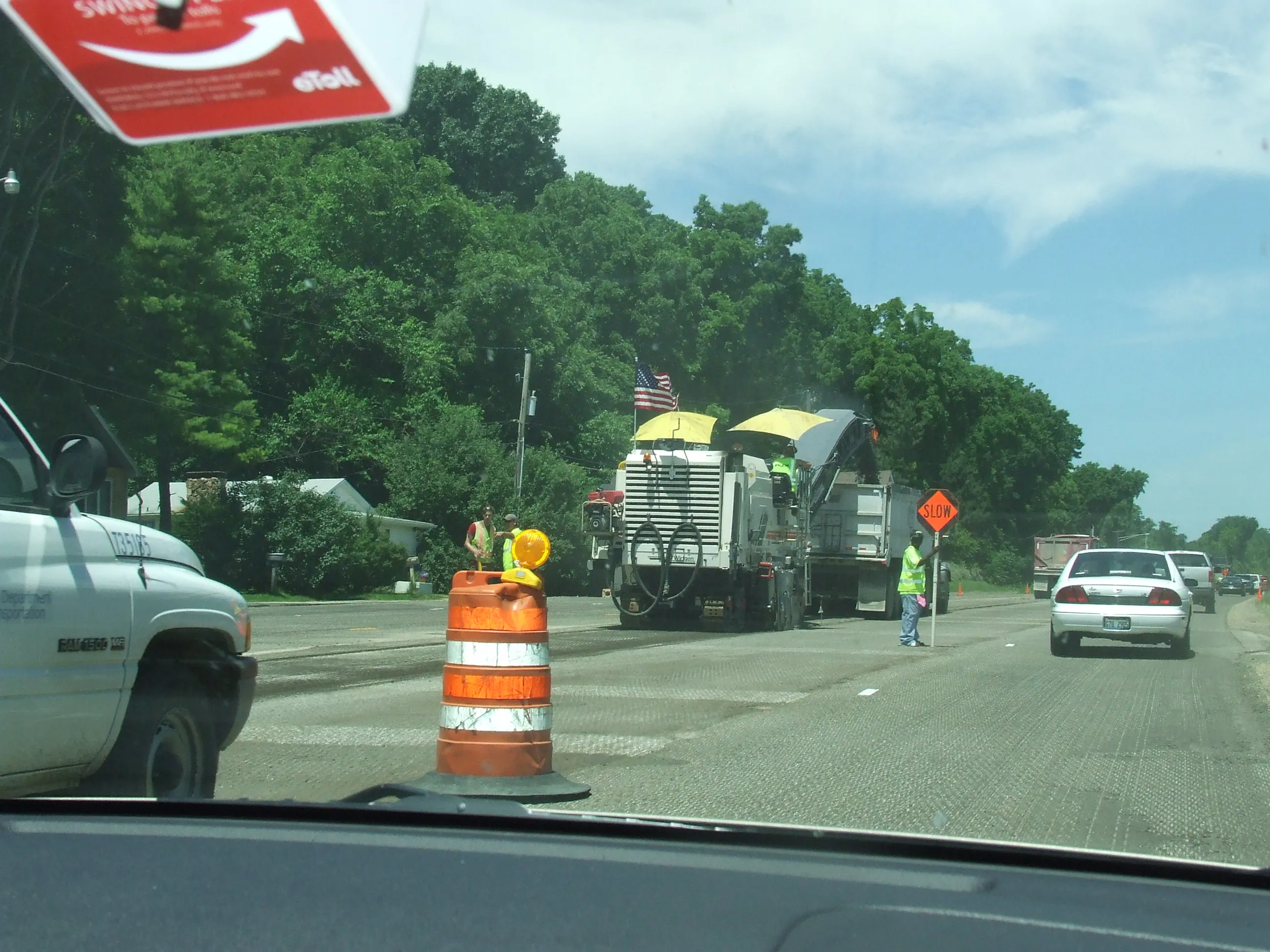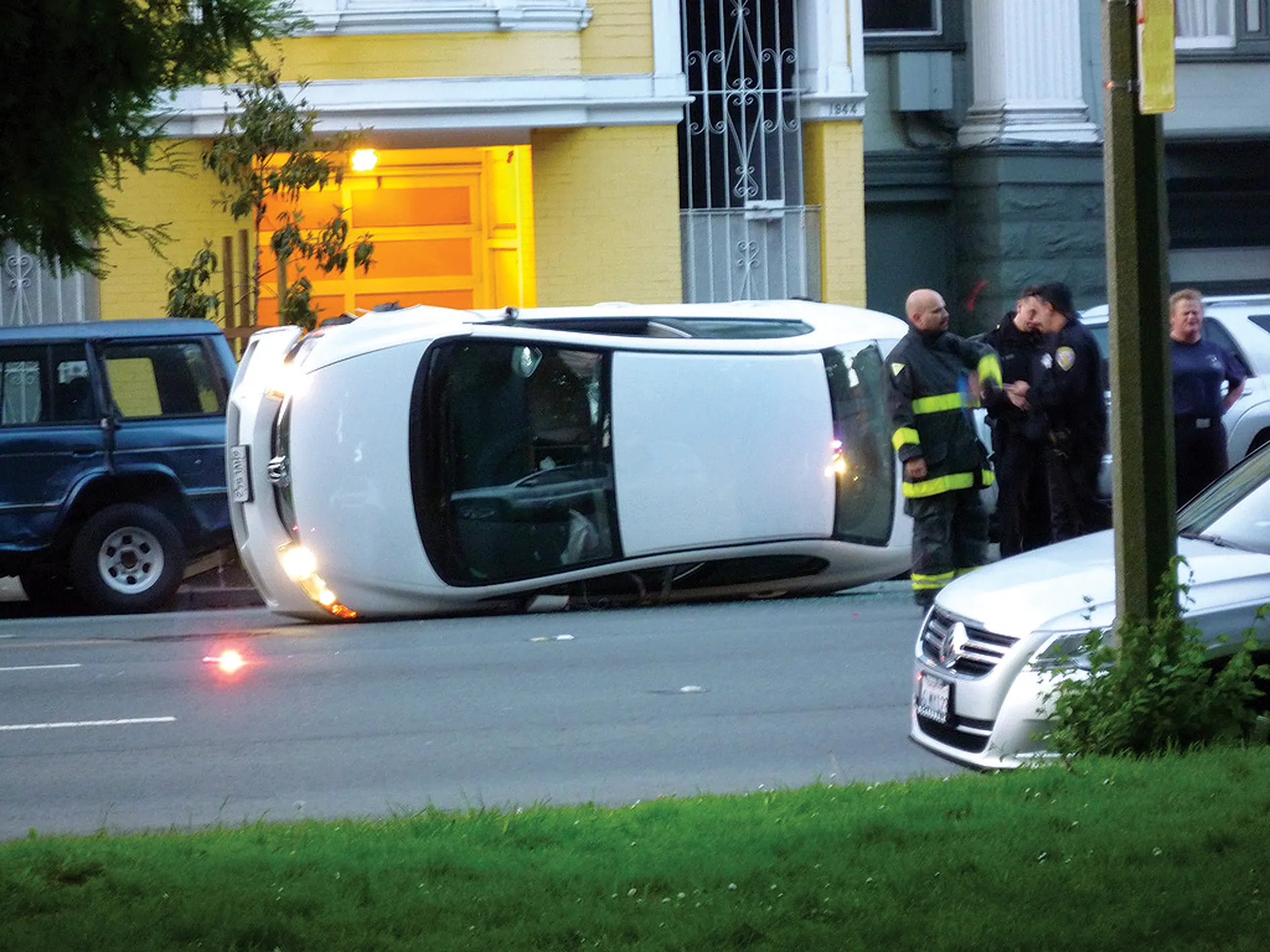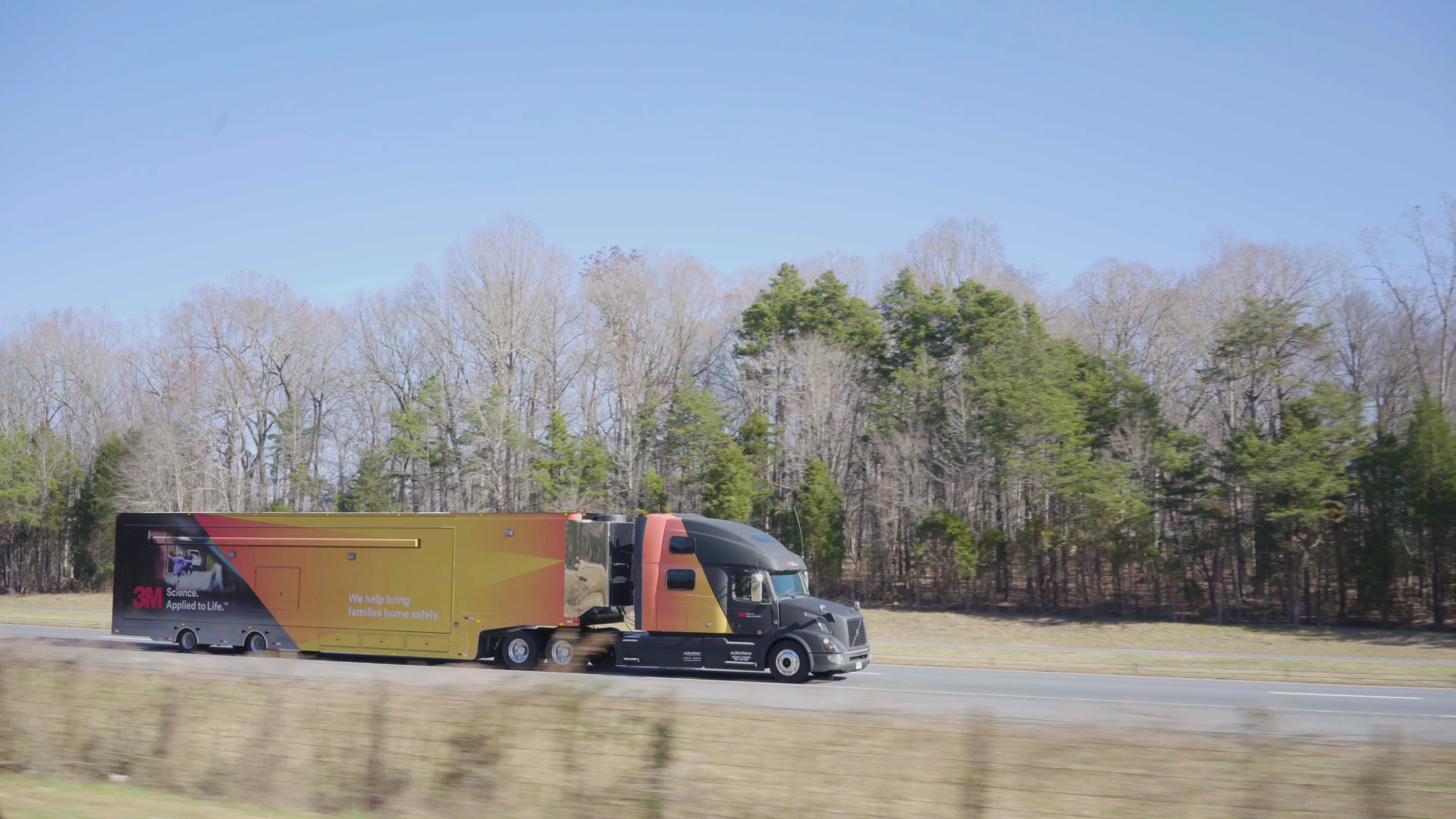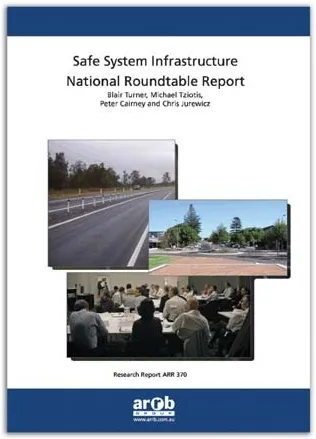
Over 650 industry professionals recently participated in the first-ever virtual event aimed at reducing the number of construction worker “struck-by” incidents. Workzone safety is a key issue for road construction, resulting in 100 annual fatalities and 17,000 injuries in the US alone every year, according to the Bureau of Labor Statistics (BLS).
The American Road & Transportation Builders Association (ARTBA) organised the “Virtual National Stand-Down to Prevent Struck-by Incidents in Construction” in cooperation with the Center for Construction Research and Training (CPWR) and the National Institute for Occupational Safety and Health’s (NIOSH) Construction Sector Council membership.
ARTBA Senior President of Safety & Education Brad Sant moderated a panel discussion of industry experts on the topic. The event was held to coincide with the 20th annual National Work Zone Awareness Week (NWZAW).
“Unlike other construction workers, those who labour on the roadway are exposed not only to construction hazards, but also those posed by passing motorists,” Sant said. “It is not a surprise that ‘struck-by’ hazards are the number one cause of death and injury for our industry. Workers and roadway users must be extra cautious when they find themselves in roadway work zones.”
Sant said that all construction sectors represent just 6% of the US workforce, but account for 12 of struck-by injuries, and 17% of fatalities. Highway, street and bridge construction has the most fatalities due to heavy equipment and work zone intrusions from nearby traffic.
Panelists included: Scott Earnest, acting director, NIOSH Construction Division; David Fosbroke, statistician, NIOSH Division of Safety Research; Travis Parsons, associate director of Occupational Safety and Health, Laborers’ Health & Safety Fund of North America; Jerral Wyer, (retired), director of Occupational Safety and Health, Texas Department of Transportation; and Dave Dostaler, vice president of safety, Kraemer North America.








